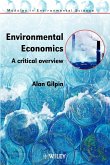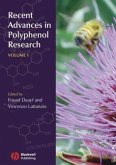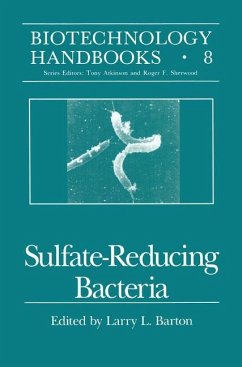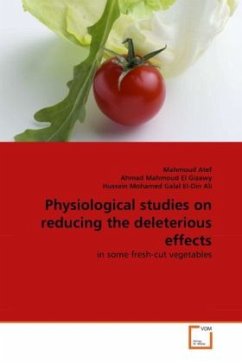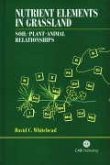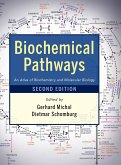Schadinsekten, Pflanzenkrankheiten und Unkräuter zerstören fast 40 Prozent der Nahrungsmittelproduktion - und das trotz der jährlichen Anwendung von 2.5 Millionen Tonnen Pestiziden! Ein sinnvoller Einsatz der Pestizide kann den ökonomischen Nutzen erhöhen und dabei Gesundheit und Umwelt schonen. Dieses Buch erläutert die verfügbaren Techniken der Schadensbekämpfung für Landwirtschaftsberater, Regierungsbeamte, Wissenschaftler und die Öffentlichkeit und hilft so, den Einsatz von Pestiziden ohne wirtschaftlichen Schaden zu verringern. This book outlines the techniques for reducing pesticide use internationally, through integrated pesticide management and assesses the environmental and economic benefits that such a reduction will bring.
Techniques for Reducing Pesticide Use Economic and Environmental Benefits Edited by David Pimentel Cornell University, USA Pest insects, plant pathogens, and weeds destroy approximately 40% of all potential food production worldwide. This major food loss occurs despite the application of 2.5 million tons of pesticides at a cost of more than $25 billion each year. Pesticides provide many important benefits in pest control, returning about $4 for every $1 invested. However, this cost/benefit ratio does not include the annual environmental and public health costs of using pesticides which include 3 million human poisonings and 220,000 deaths annually worldwide. With more than 2 billion people malnourished in the world, a major effort is required to reduce the continuing 40% loss of crops to pests. With a relatively small investment in research and extension, this crop destruction can be reduced. Technologies now exist to reduce pesticide use by at least 50%, without reducing crop yields or substantially altering the 'cosmetic standards' of fresh fruit and vegetables. Reducing pesticide use will lower the economic costs of pest control, protect public health, and improve the stability of thenatural environment. The various pest management techniques available are discussed in all chapters of this book. It will help governmental leaders, scientists and the public to understand that many strategies, if implemented, will improve pest management, maintain crop yields, and reduce pesticide use.
Hinweis: Dieser Artikel kann nur an eine deutsche Lieferadresse ausgeliefert werden.
Techniques for Reducing Pesticide Use Economic and Environmental Benefits Edited by David Pimentel Cornell University, USA Pest insects, plant pathogens, and weeds destroy approximately 40% of all potential food production worldwide. This major food loss occurs despite the application of 2.5 million tons of pesticides at a cost of more than $25 billion each year. Pesticides provide many important benefits in pest control, returning about $4 for every $1 invested. However, this cost/benefit ratio does not include the annual environmental and public health costs of using pesticides which include 3 million human poisonings and 220,000 deaths annually worldwide. With more than 2 billion people malnourished in the world, a major effort is required to reduce the continuing 40% loss of crops to pests. With a relatively small investment in research and extension, this crop destruction can be reduced. Technologies now exist to reduce pesticide use by at least 50%, without reducing crop yields or substantially altering the 'cosmetic standards' of fresh fruit and vegetables. Reducing pesticide use will lower the economic costs of pest control, protect public health, and improve the stability of thenatural environment. The various pest management techniques available are discussed in all chapters of this book. It will help governmental leaders, scientists and the public to understand that many strategies, if implemented, will improve pest management, maintain crop yields, and reduce pesticide use.
Hinweis: Dieser Artikel kann nur an eine deutsche Lieferadresse ausgeliefert werden.


